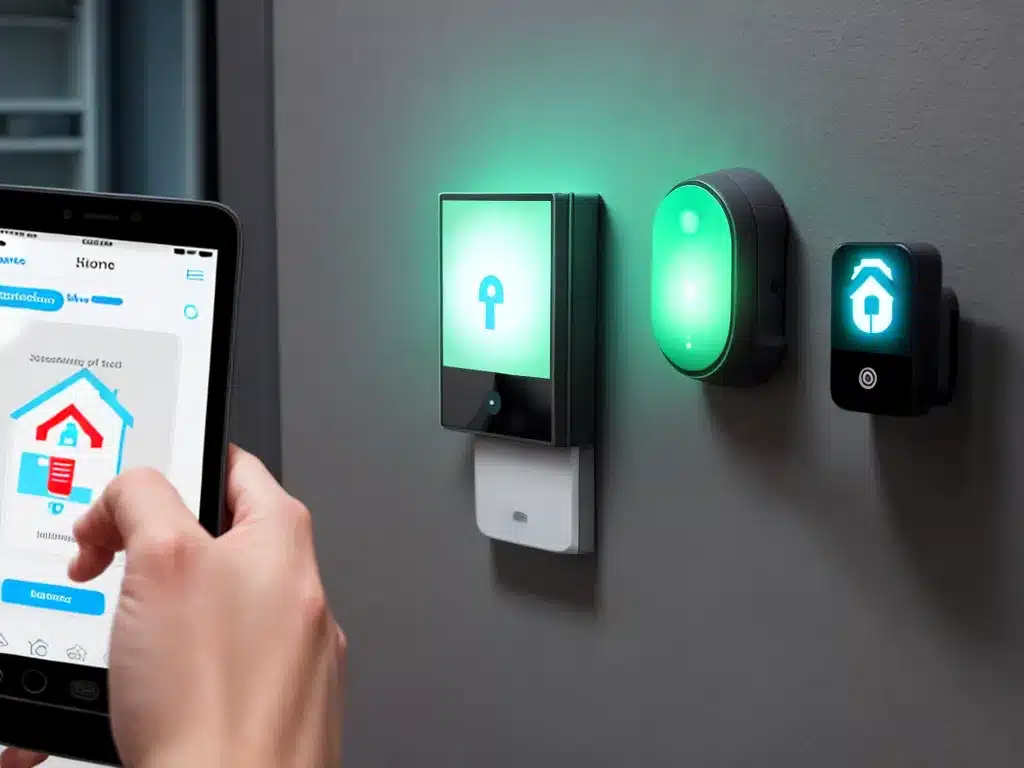
Introduction
The popularity of smart home devices like smart speakers, security cameras, smart locks and more has exploded in recent years. Connecting our homes to the internet provides a lot of convenience through voice controls, remote access and home automation. However, having all these connected devices also introduces new cybersecurity risks that many homeowners fail to consider.
In this article, I will discuss the privacy and security risks related to smart homes, along with tips on how to evaluate the security of your smart devices and home network. My goal is to provide homeowners with the knowledge needed to make informed decisions about their smart home security.
Evaluating Smart Device Security
When adding new smart devices to your home, the first thing you should do is research the security features and protocols built into the device. Here are some key factors to consider:
Encryption and Passwords
-
Does the device encrypt communications and stored data? Encryption protects your data if devices are hacked.
-
Are there options for setting strong, unique passwords and enabling multi-factor authentication? Weak passwords leave devices vulnerable.
-
Can you disable any default passwords that the device may ship with? Default passwords are easy for hackers to guess.
Software Updates
-
Does the manufacturer provide regular software and security updates? Outdated software often has unpatched vulnerabilities.
-
How long does the company plan to support and update the device for? Products without long-term support are risky.
-
Can the device update its software automatically without reliance on the user? Automatic updates improve the chances of devices staying updated.
Data Privacy
-
Does the device send any usage data back to the manufacturer? Data collection introduces privacy risks.
-
Does the company clearly disclose what data they collect and how it is used? Lack of transparency around data is a red flag.
-
Can you disable any data collection that is not needed for basic functioning? Limit data sharing whenever possible.
Assessing Your WiFi Network Security
In addition to vetting the security of each device, it’s crucial to make sure your home WiFi network is locked down:
-
Use a strong network password – The password to access your WiFi network should be long and complex. Avoid common words or phrases.
-
Hide your SSID – Set your WiFi network name to be hidden so that it does not broadcast openly to anyone nearby.
-
Use WPA3 encryption – Make sure your router supports the latest WPA3 WiFi encryption standard to secure traffic on your network.
-
Disable WPS – The WPS feature makes it easy for devices to join your network, so turn it off to prevent unauthorized access.
-
Update router firmware – Check for firmware updates from your router manufacturer regularly and install them to get security patches.
-
Disable remote access – Remote management settings can give hackers access to your router if exposed online, so disable remote access.
-
Create a guest network – If you grant access to guests or visitors, create a separate guest network so they are not on your main network.
Physical Security Measures
Here are some tips to physically secure your home and devices:
-
Place devices out of plain sight – Position smart hubs, routers, security cameras and wiring out of sight to make it harder for burglars to target them.
-
Secure wireless cameras – Outdoor cameras should be high up, out of easy reach, and secured to a stable surface with tamper-resistant screws.
-
Use smart locks properly – If using smart locks, make sure all default passwords are changed and don’t hide keys in easy to find locations.
-
Ask about vulnerabilities – Contact the manufacturer about any physical design concerns – e.g. if a device could be hacked via USB port or button presses.
-
Check for recalls – Do an online search for your device models along with words like “recall” or “vulnerability” to surface any known issues.
Be Proactive About Security Updates
To stay on top of smart home security long-term:
-
Turn on auto-updates – Opt to automatically install new firmware and software updates whenever possible. Don’t ignore update notifications.
-
Sign up for alerts – Check the device manufacturer’s website and sign up to receive any security bulletins impacting your devices.
-
Replace aging devices – As smart home gadgets age, they often become unsupported and may stop receiving critical updates. Replace them proactively.
-
Check connections – Periodically check that your devices appear to be communicating only with their legitimate manufacturers and approved services. Unfamiliar connections could indicate a breach.
-
Reassess regularly – Review your smart home’s security at least annually or when adding new devices. New vulnerabilities are discovered all the time.
When in Doubt, Isolate Devices
If you have serious concerns about the security of a smart device, you can mitigate risks by isolating it from your main network:
-
Purchase a standalone router to connect higher-risk devices to their own network that is separate from your primary network. This contains any potential threats.
-
Alternatively, you may be able to put less trusted IoT devices into a “virtual subnetwork” using router features like VLANs, depending on your router model. This also segregates them from more sensitive devices.
-
Limit communication between your main network and the secondary IoT network to only what is absolutely essential. Disable and block everything else.
Conclusion
Smart homes provide great functionality, but also introduce new cybersecurity considerations. Take time to evaluate your devices, home network, and physical security. Enable every security feature available and automate updates whenever possible. With a diligent, proactive approach you can confidently reap the benefits of a smarter home while minimizing the new risks that come with IoT integration.












